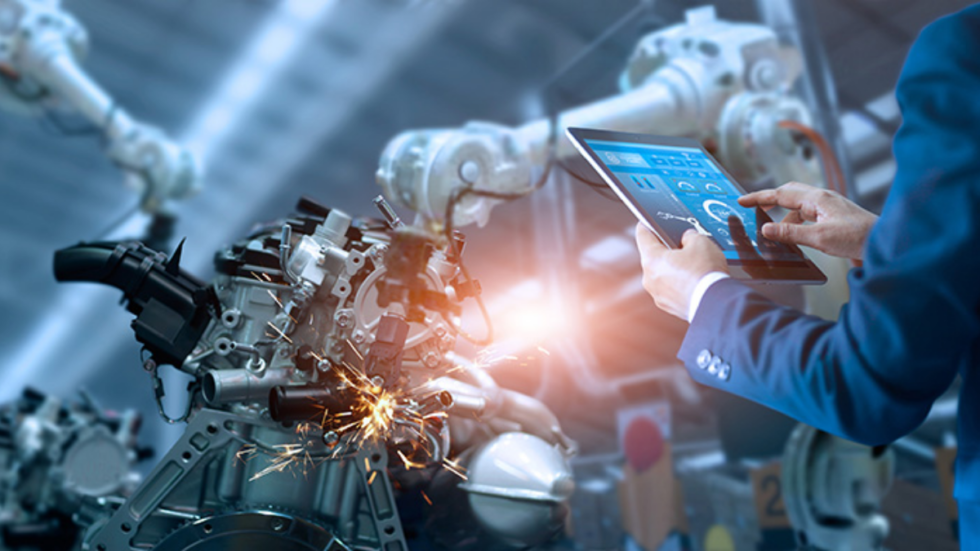In the modern workplace, automation is quickly becoming a major factor in how businesses operate. Automation company in Malaysia has allowed companies to increase their efficiency and productivity while also reducing costs. This has had a dramatic impact on how organizations conduct their operations, from streamlining processes to introducing new technologies into the workplace. With automation playing an increasingly important role in today’s business landscape, it’s essential for all stakeholders – from employers and employees to customers – to understand its implications and potential opportunities. In this article, we will explore how automation is revolutionizing the way we work, what challenges it poses, and what benefits it brings with it.
What is Automation?
Automation is the use of technology to automate processes or tasks that traditionally required manual labor. Automation can take various forms, from simple activities such as responding to emails to complex operations like managing supply chains. In some cases, automation can even replace human labor altogether, with robots and other machines taking over jobs that would formerly have been done by people.

The Benefits of Automation
Automation provides a host of benefits for businesses, including improved efficiency and productivity. Automated processes are often faster and more reliable than manual ones, reducing the amount of time and money spent on labor-intensive tasks. Additionally, automation can reduce errors associated with human labor, further increasing accuracy. Finally, automation can help organizations streamline their operations by facilitating communication between departments and allowing for better data tracking.
Challenges Associated with Automation
One major challenge posed by automation is its potential to displace certain segments of the workforce. While it’s true that some jobs may be replaced in favor of automated processes, this shouldn’t be seen as an entirely negative development. Instead, employers should focus on training and reskilling their employees to help them adapt to new roles that are better suited for automation.

Another challenge posed by automation is its potential to create a rift between employers and employees. Automation can make it difficult for workers to feel valued, as machines are often seen as more efficient and cost-effective than humans. It’s important for employers to work with their employees to ensure that the impact of automation on job security, wages, and working conditions is addressed in a fair and equitable manner.
Conclusion
Automation has significantly changed the way we work, offering businesses improved efficiency, accuracy, and cost savings. While there are certainly some challenges associated with automation – such as potential job displacement – these can be addressed through training programs, open communication, and collaboration between employers and employees. Ultimately, automation has the potential to bring a host of benefits to businesses, from improved productivity and cost savings to increased employee satisfaction.
